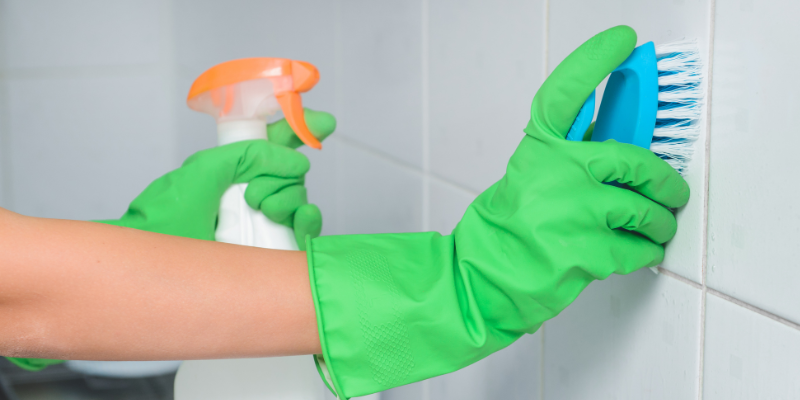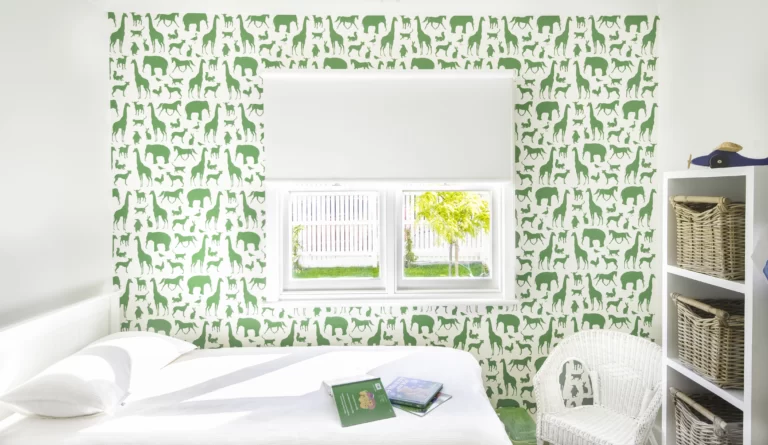After painting your interior walls, the following cleaning steps should safeguard your new investment.
1. Choose quality paints for your walls
First and foremost, we advise choosing premium top-coat paint that will adhere well to your interior walls. Many cleaning solutions are designed for the modern home, and manufacturers have developed formulae that can endure rigorous cleaning.
2. The type of paint finish matters
The type of paint finish—mat, gloss, or textured—will also impact your cleaning procedure. As a result, you will find cleaning advice throughout the article that may be appropriate for the surface you are about to work on. For instance, we advise choosing a glossy top coat paint—the more gloss in your colour, the simpler it is to clean!
3. Frequent dusting is your friend
Dust cleaning is the most fundamental type of wall upkeep. A microfiber cloth is sufficient for mat and gloss surfaces. Don’t press the fabric too firmly; doing so will prevent any filth from being rubbed in. A gentle vacuum cleaner with a soft brush attachment may remove dust entirely and conveniently from textured finishes in addition to a microfiber cloth.
4. Cleaning walls with soda bicarbonate paste
Also, it is crucial to pick what kind of cleaning product you will use if you have opted to wash your walls. A homemade paste of soda bicarbonate and water will work to remove any minor stains, including shoe prints, handprints, and so on. To do so, remove the stains by applying the paste to a microfiber cloth and wiping it in gentle circular motions. The paste should then be removed using a clean towel and warm water. You can also clean any light switches or electrical sockets mounted on the wall with your bi-carb paste. Finally, after the stains have been removed, wash down the walls. Prepare two separate buckets of warm water, if possible. One of the buckets you might use as your cleaning agent should be given a drop of mild dishwashing liquid. Avoid using laundry detergent since it contains enzymes that will erode the paint.
5. Good quality cleaning cloths matter
Additionally, spend money on a superior cloth that won’t leave any fibres on your surfaces. Next, wash the walls starting at the bottom and working your way up to prevent water strikes. Finally, rinse soapy water from the walls using the second bucket of warm water and a clean cloth.
6. Always test a patch!
As a final reminder, evaluate the type of surface you are about to wash! Cleaning will affect mat and gloss surfaces in different ways. So it’s best to start by applying a “test patch” to a sparsely populated area of your wall. By doing so, you may determine whether your wall is suitable for the product and method of your choosing. In the end, if you lack confidence in your ability to clean your walls, just call a pro, and they can do all the difficult jobs for you!
Happy cleaning, and thanks for reading!







